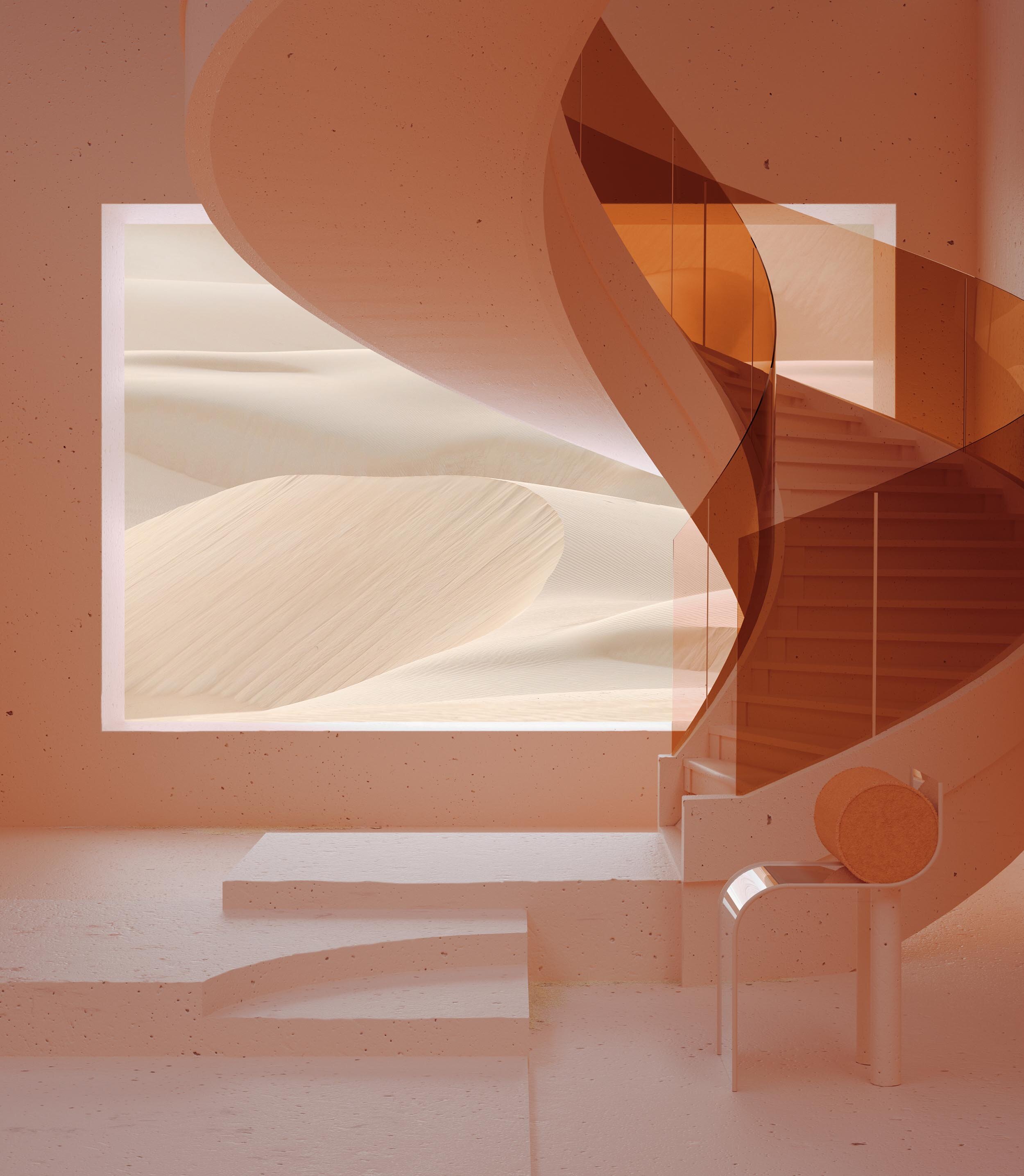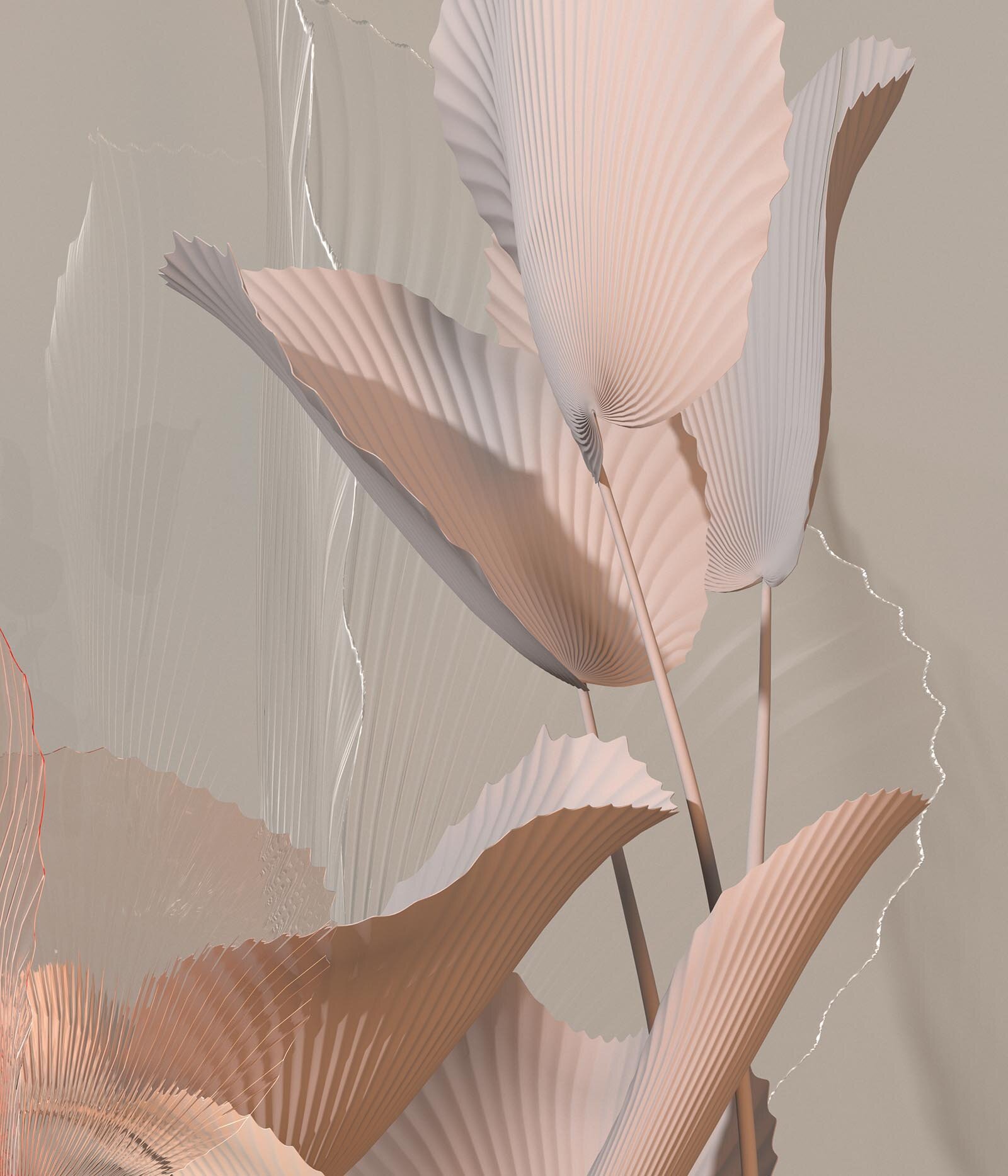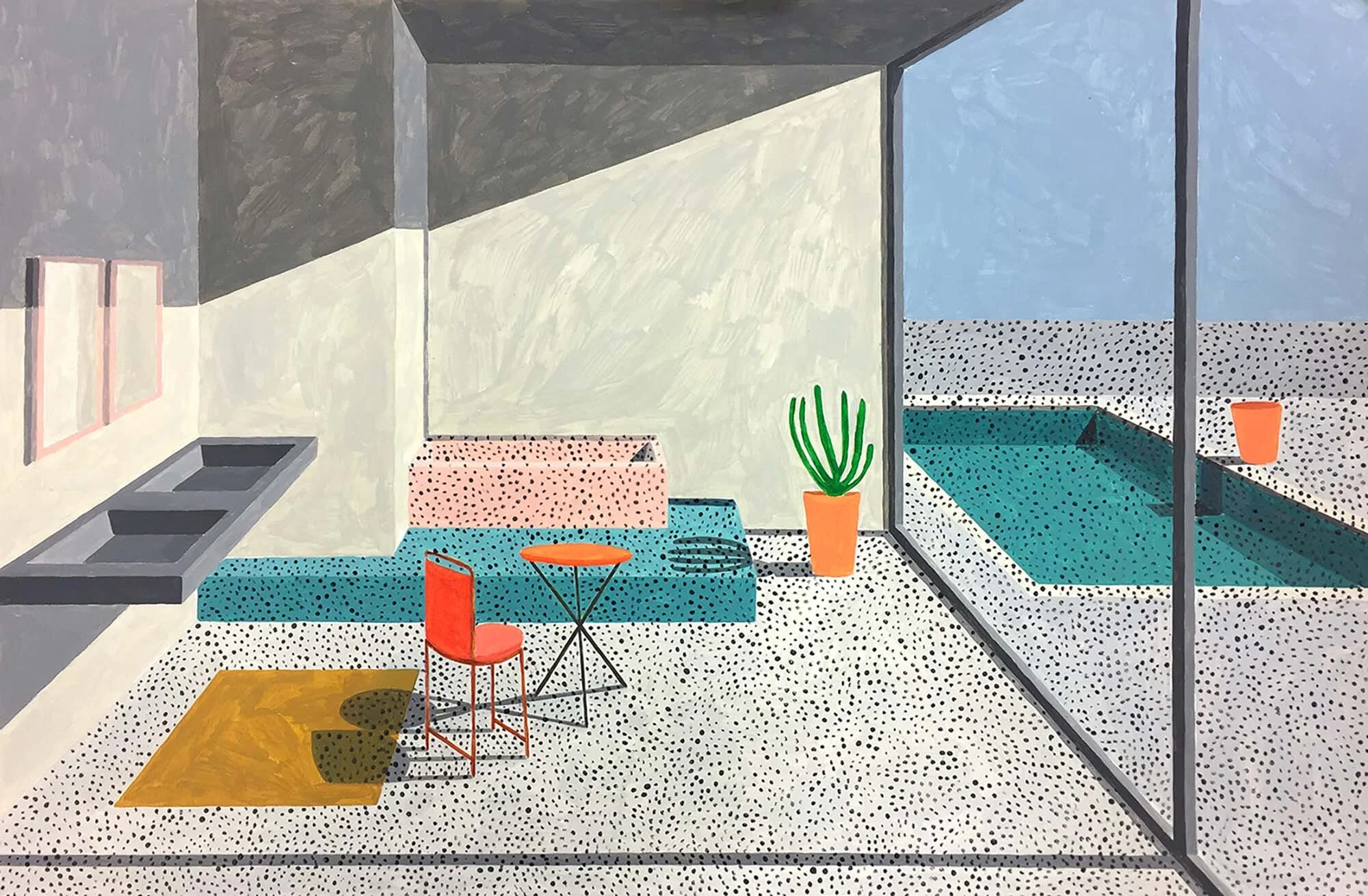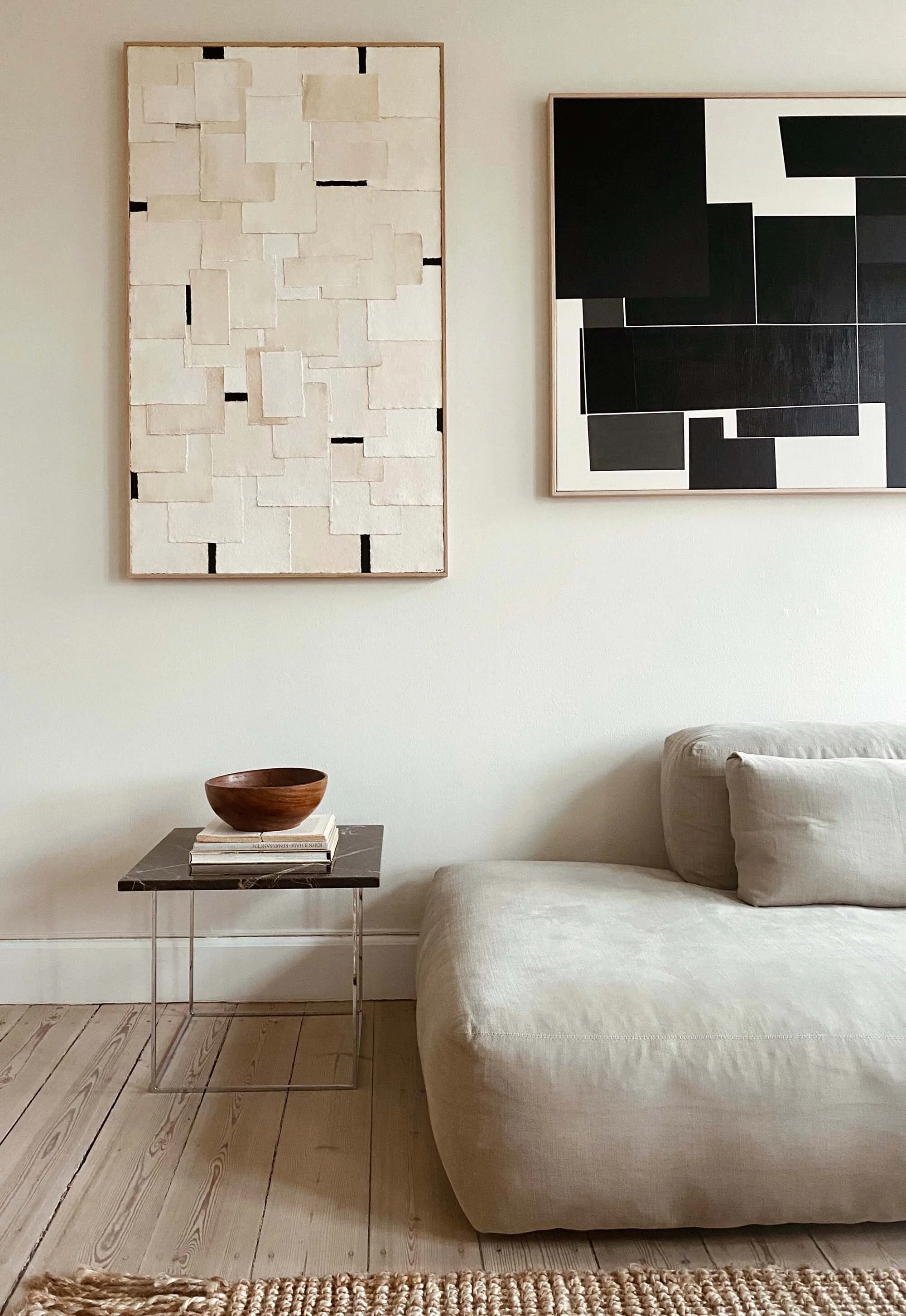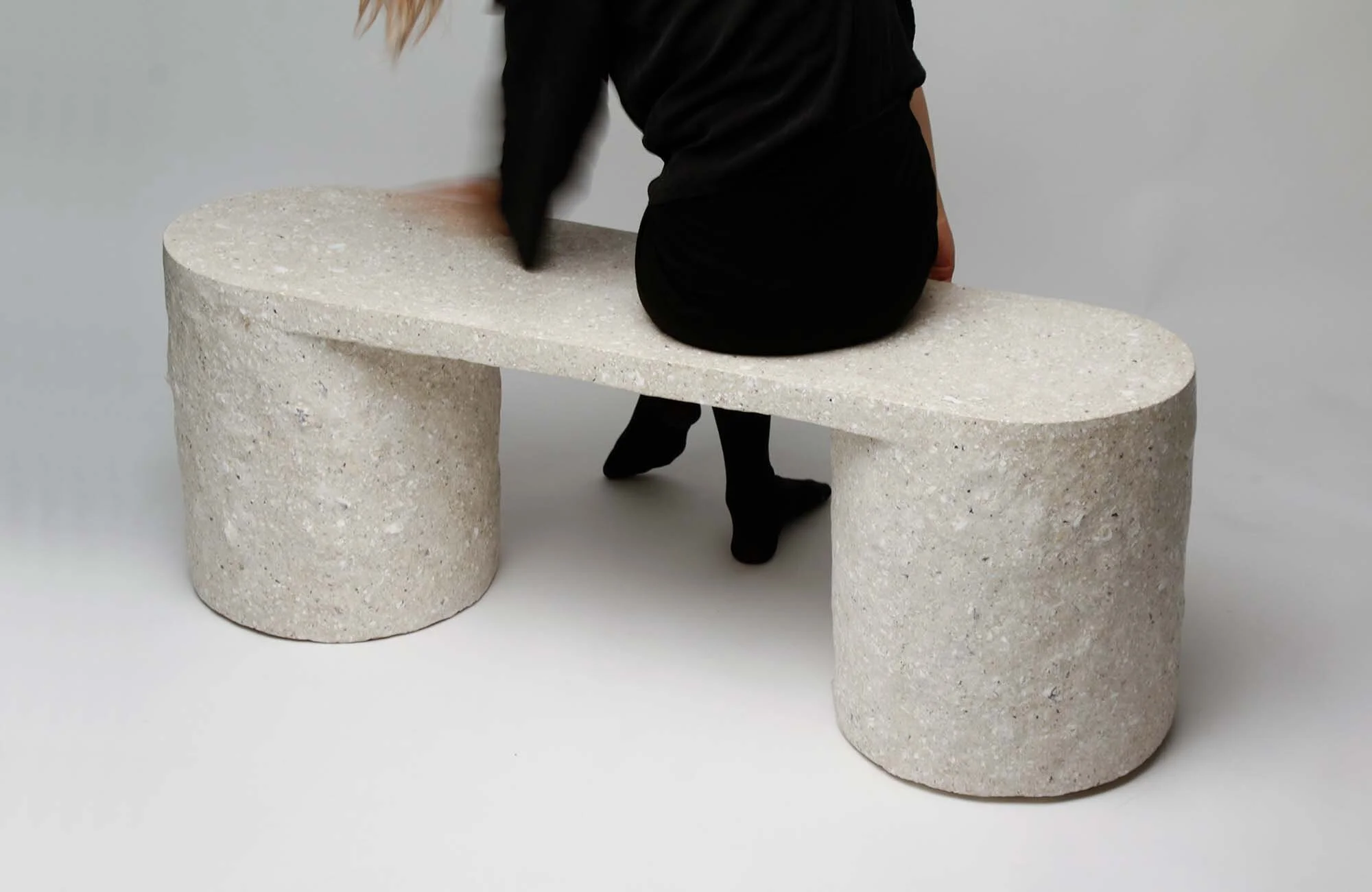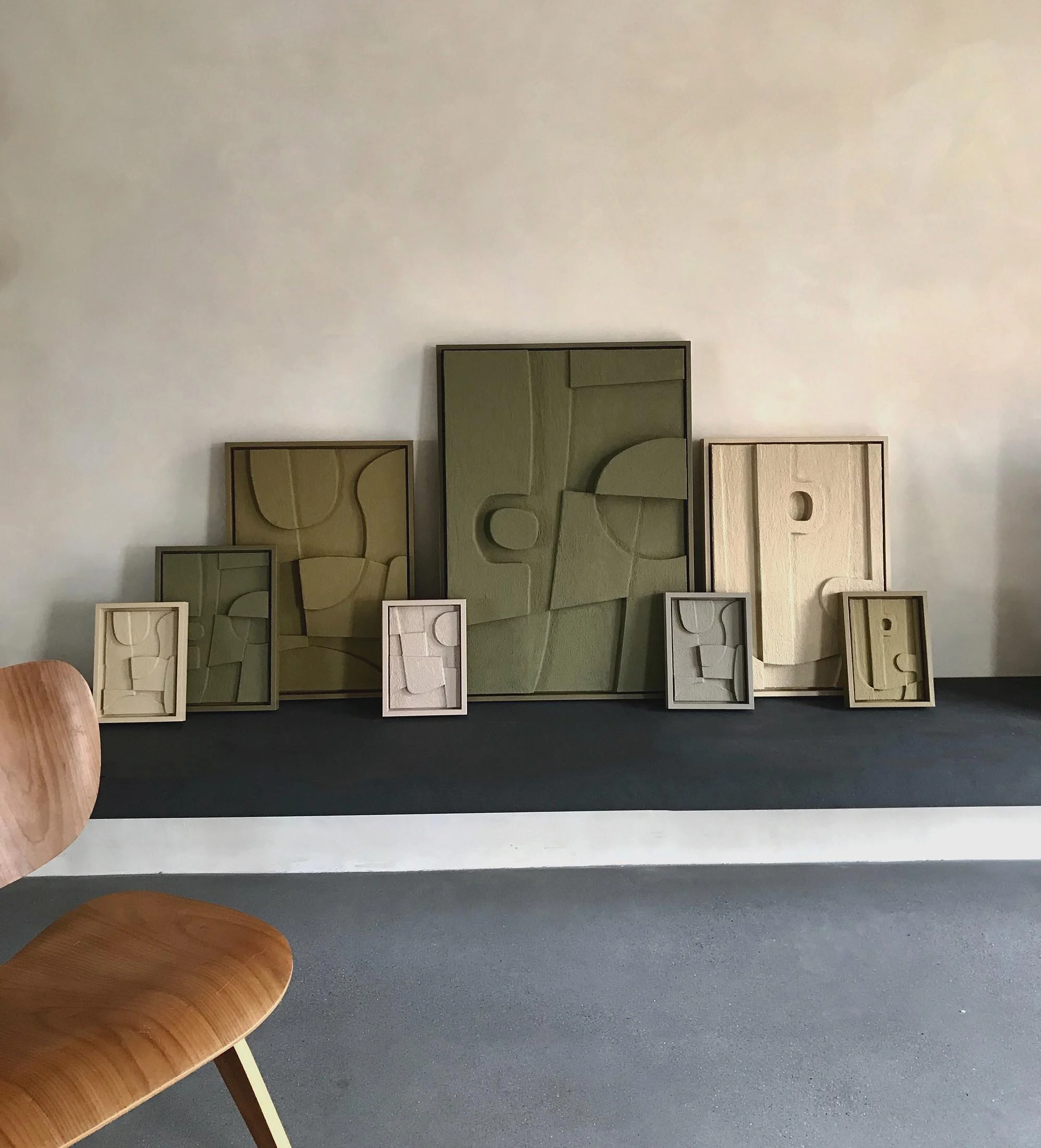Read How Studio Brasch Creates Mesmerizing 3D Images Through Abstract Art
Read How Studio Brasch Creates Mesmerizing 3D Images Through Abstract Art
For Anders Brasch-Willumsen, Staying Grounded Is the Key to Success
Name:
Studio Brasch
Words:
Erica Nichols
Photography:
Studio Brasch
For creative design team Studio Brasch the root of their success lies in understanding their client’s vision, then developing imagery that takes that vision to new heights. To Anders Brasch-Willumsen, the founder of Studio Brasch, the most impactful projects are those that connect with viewers on an emotional level, no matter if it’s a product, set, or campaign he’s designing. With striking colors, fluid movement, and a keen eye for abstract composition, Studio Brasch’s work has caught the attention of publications including Sight Unseen, Designboom, Airbnb, Yellowtrace, and many more. We talked with Anders about standing out in the industry and what he thinks are the most valuable tools a creator can have.
VISUAL PLEASURE Magazine: Talk to us about how your studio came about.
Anders Brasch-Willumsen: I come from a background in advertising and graphic design, so this was where it all started. The first seed for using 3D as part of my work was planted when I worked on a packaging concept for Givenchy's Rouge Interdit lipstick. The concept involved a redesign of the lipstick case and I started looking for ways to visualize it. Later on, I was commissioned to create imagery for a jewellery brand and I had an idea of staging the pieces among abstract, ceramic-like forms. I created all the sets in 3D and seamlessly integrated the photographed products into the set. The result had a hyperreal feel that struck the right chord with both the client and myself and I realised that 3D software could be used as a creative tool as well.
What have been some of the challenges in owning your own design studio?
Many artists struggle with the business side of things when running a professional design studio, and I can relate to that. But I think it’s simply a matter of experience—the more commercial projects you do, the more you get to know the ins and outs, where to be careful, when to be a businessman, and when to let your imagination run wild. This is where the importance of personal work comes into play and I think a great commercial project or client relationship sits somewhere in between.
Your work has such fluidity and movement to it. Talk to us about how you developed your style.
I think of my style as a melting pot of many of the things that I like—nature, architecture, interior design, fashion, set design, and photography. My style developed by taking all of these influences and boiling them down to their most minimal, adding a narrative or concept and finally outputting this as an image or animation using 3D. The best way to develop a personal style is to simply create as much work as possible. During that process the “cream rises to the top” and you start noticing what you naturally gravitate towards and what works for you. You then repeat that a number of times and your signature style is born.
We consume so many beautiful images every day, through social media or in magazines, etc. How do you ensure that you stand out?
By making sure that I stay true to what I personally believe makes a great image. The more you get to know this sensibility, the better you become because your work will have more clarity and intention and I feel like people can feel that.
Talk to us about how you create. How do you develop these images and is the final result similar to the initial design?
The initial process is similar to the way that most creatives work, which is to jot down thoughts, create mood boards and sketches and finally to execute a design/concept in your chosen medium. In our case it’s 3D and this medium offers a tremendous amount of flexibility compared to more traditional, analogue mediums. This can be both good and bad. The good part is that you can always go back and change things, which can indeed improve the work at times, but it can also mean that the work never gets done because there’s always an option to tweak the work even at a super late stage of a project.
What sort of questions do you ask clients to get a feel for their brand? What are you looking for and what do you need from them before you start designing?
I typically do quite a bit of research on the brand or client that I work with. I like to dig up campaigns they’ve done in the past, how they’ve developed their brand visually and also what their competitors look like. I don’t have a fixed formula for this because each project is different and some projects also come with a brand presentation as part of the brief.
What are some of the most important values or qualities to have as an artist? What has been integral to your success?
I think any good artist comes from a place of strong passion and this is the most important quality in my opinion. When you are passionate about something, it motivates you and drives you forward. And you want to spend your time doing it, even if no one ever sees what you do.
I believe passion to be the most important quality no matter whether you are a successful athlete, chef or artist or something completely different.

